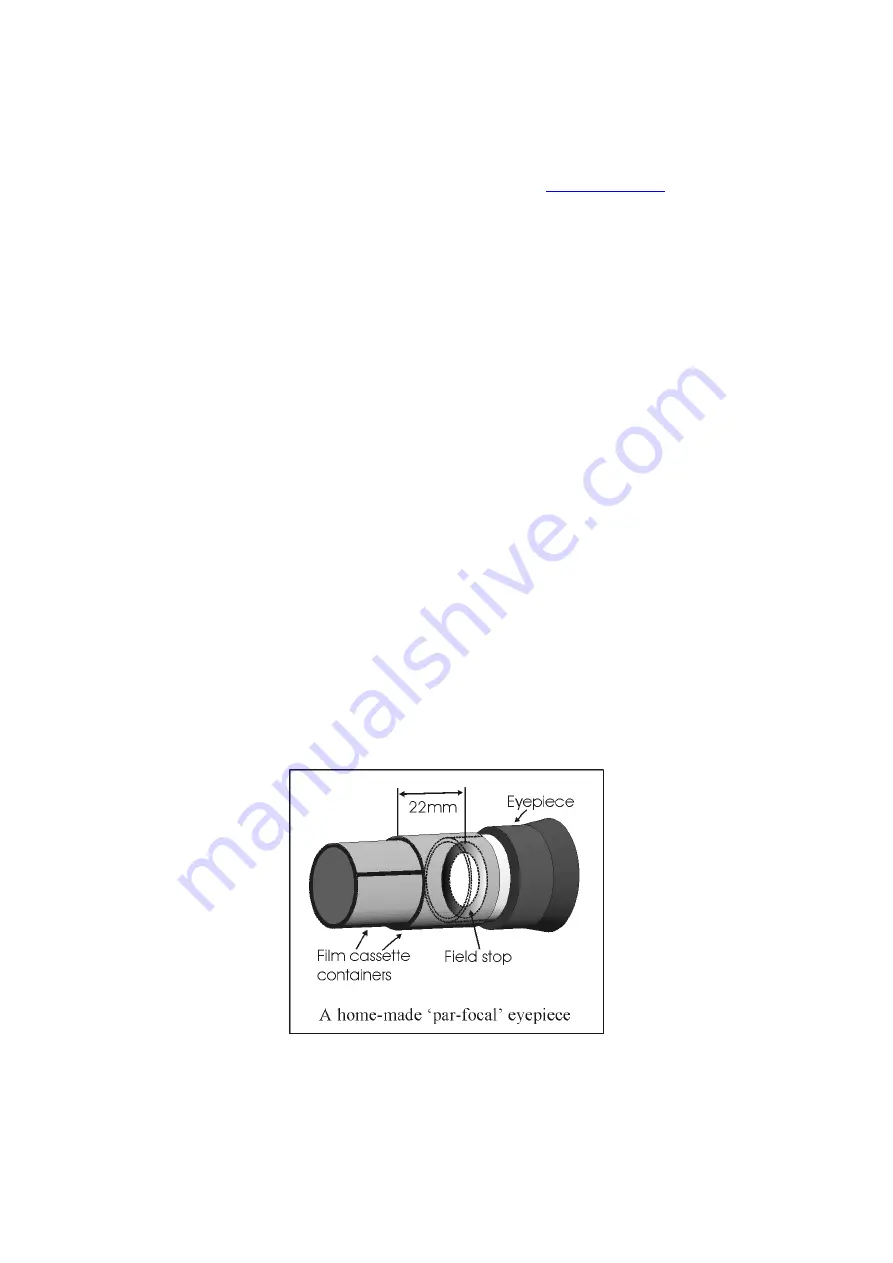
Handbook for the TRIUS PRO-694C Issue 1 September 2020
13
Image enhancements:
The current version of Starlight Vision does not include any enhancement functions,
but these will be added at later versions (available from
). Further
image processing can be done by saving your raw images as FITS files and exporting
them to third party software. PixInsight is a powerful processing software, but there
are many others available. AstroArt, MaximDL, Nebulosity etc.
Your first image may be satisfactory, but it is unlikely to be as clear and sharp as it
could be. Improved focusing and exposure selection may correct these
shortcomings, and you may like to try them before applying any image enhancement
with the software.
*********************************************************************
Astronomical Imaging with the TRIUS PRO-694C
1)
Getting the image onto the CCD:
It is fairly easy to find the correct focus setting for the camera when using a standard
SLR lens, but quite a different matter when the TRIUS PRO-694C is attached to a
telescope! The problem is that most telescopes have a large range of focus
adjustment and the CCD needs to be quite close to the correct position before you
can discern details well enough to optimise the focus setting. An additional
complication is the need to add various accessories between the camera and
telescope in order that the image scale is suitable for the subject being imaged and
(sometimes) to include a ‘flip mirror’ finder unit for visual object location.
A simple, but invaluable device, is the ‘par-focal eyepiece’. This is an eyepiece in
which the field stop is located at the same distance from the barrel end, as the CCD
is from the camera barrel end.




























